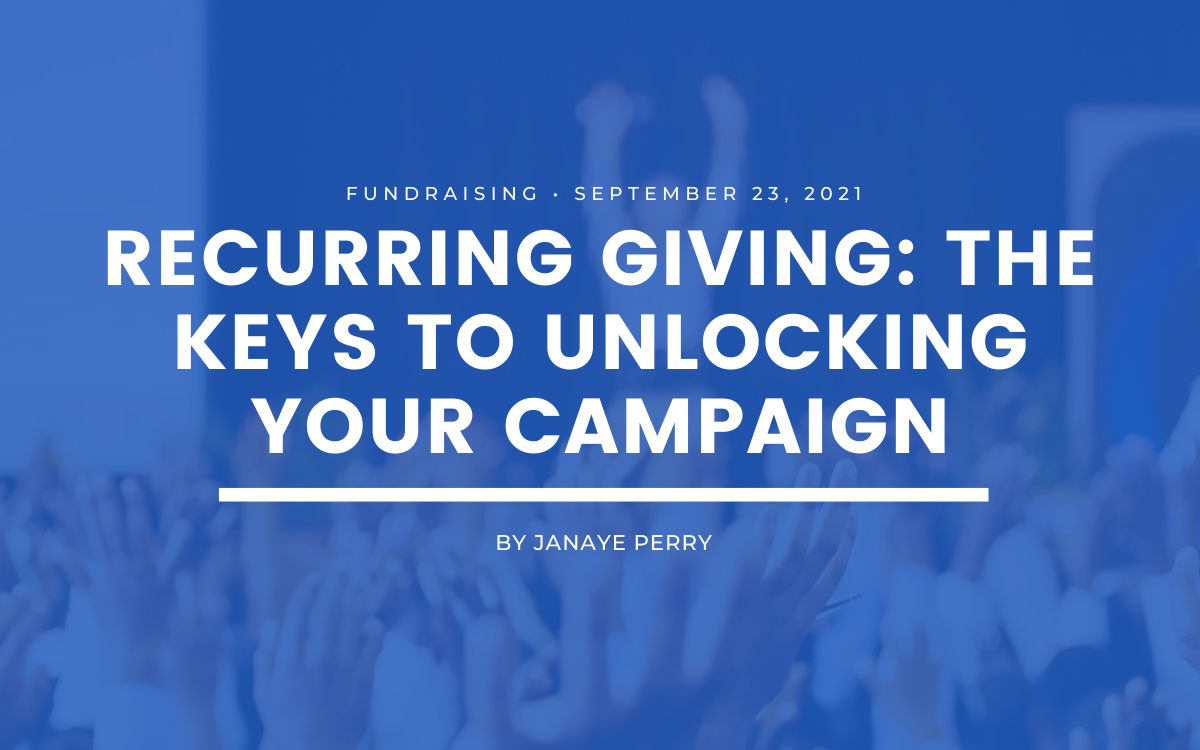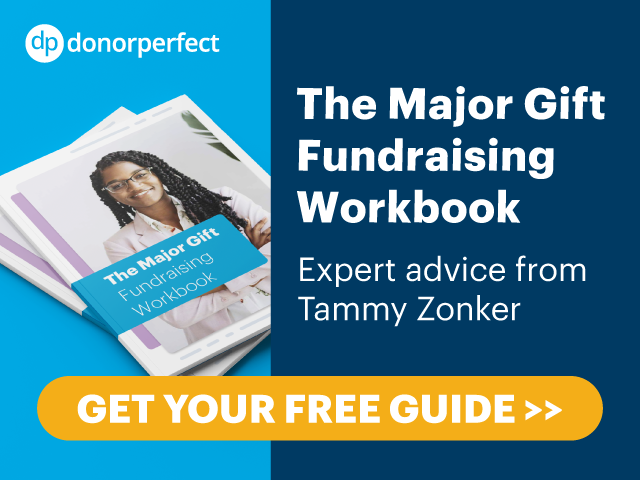Recurring Giving: The Keys to Unlocking Your Campaign
4 min to read ✭ Learn how to create your recurring giving campaign, write your nonprofit's story of impact, and learn about top platforms to launch your message on.
Power and Key Benefits
What is your experience as a nonprofit with launching a recurring giving campaign? Do you already have a program and theme, or are you stuck in certain areas? We want to talk about the importance of recurring giving and donor stewardship following year-end. First, let’s jump into some numbers to really get the essence.
The best thing about recurring giving is the power and predictability of it. There is almost a 500% increase in donor lifetime value when you utilize recurring giving. Additionally, there is a 50% increase in the average donor retention rate, making them way more valuable than one-time donors. Recurring giving is becoming more popular, especially among millennials who are more likely to give monthly over a large, one-time donation – 52% more likely to be exact.
Why build, launch, and sustain a recurring giving campaign? Because it’s affordable for your donors and your donor pool instantly becomes more diversified. Donors will, on average, stay with their initial gift size for 13 months. During this time, you have the opportunity to build a relationship. Recurring givers want to be part of your community and share it with others, so it is important to share a deeper side of your mission to those who invest and make them feel like they are a part of that story. With this kind of predictability, we can all let out a big sigh…
Part 1: Align on Your Message and Creative
Your recurring giving campaign message is the center of truth from which everything else stems. So, give time to make it genuine and real. The campaign message should be simple, straightforward, emotional, and designed for your relevant audience. You can do this by utilizing storytelling on a themed landing page with video, image assets, and clear impact metrics. As competition for recurring donors increases, clear impact metrics are more important than ever before.
You would be surprised by how many donors receive nothing more than a receipt each month from the nonprofits they support. Stand out! Let them know what kind of impact their donation is directly making with impact measurements, create a private group on Facebook, or start a specific email list for your recurring givers. We like to think of recurring giving as a membership. What is the donor getting in return for giving 20, 30, or 50 dollars they contribute per month? What exactly does that amount provide for your cause? Keep them in the loop by offering a welcome gift, quarterly progress updates containing stories from the field, or photos and videos of the children and communities they’ve impacted firsthand.
Now that you have your messaging down, let’s get into building your campaign.
Part 2: Marketing and Scaling Your Campaign
Market and scale your traction with our top 3 marketing channels. The first, easiest, and lowest-cost call to action is email marketing. Segmenting your lists is critical to ensure you speak to people based on their warmth to the organization. For example, you will want to tell your story differently to a brand-new email subscriber compared to someone who has already donated to you.
Within your segmented email automation, it will be valuable to diversify your content strategy to encourage people to open the email. Strong subject lines, text only, mission-centric appeals, engaging video creative, or personalized messages from a beneficiary could be incredibly impactful.
And then, of course, there are good ol’ Facebook and Instagram ads. This is definitely high level and worth scheduling a 1 on 1 with Community Boost to talk more about customizing strategy based on your organization’s circumstances. One of the biggest benefits of these ads is the ability to hyper-target, so you can customize how you advertise to different audiences. Your content copy, call to action, and landing page is going to differ based on which of the 3 tiers your audience falls under. Tier 1 includes a brand new audience as well as those that have engaged but do not yet have your contact information. Tier 2 ads will target an already existing audience to donate rather than learn more. Tier 3 ads will target your existing donors with messages of gratitude or offer an online Facebook community of recurring givers.
Although we prefer ads over organic, we do want to highlight Organic Social as a free way to increase awareness to your current supporter base. You can do this by showcasing beneficiary stories or using a memorable hashtag. The ultimate goal here is to get supporters to act as “Brand Advocates,” interact with the content and share your content to their networks as well. Once people opt-in, build that tribe of recurring donors through a Facebook group.
Recurring Giving Campaign Timeline
We typically like to give ourselves three months to create and launch the program. During the first month, you will want to get that storytelling and messaging set up. Align on your brand and the true meaning and message you are looking to get across. Month two is where we get into the nitty-gritty. We recommend launching a welcome series email that includes 3 or 4 emails explaining your program (using storytelling of course.) The other series to keep in mind would be for one-time givers looking to be converted into monthly. Tell them why it is more affordable for them and more sustainable for your organization. During the second month, be sure to create your strong landing page with your organization’s story framework and the big WHY?
During month three, think about a soft launch to your current donors to test how they resonate with your message. Whether it is through Facebook/Instagram ads, organic social, or email, launch that campaign with your best storytelling techniques and creative content.
Key Takeaways
Make monthly giving a priority because it yields more sustained support, a diversified donor base & higher retention rates. Treat your program like a membership by asking yourself what your donors are getting in return. Make that donor feel part of a community with storytelling so that your landing pages and email series can come easier to you. Finally, have a plan to market and scale. It will only get easier from here!





